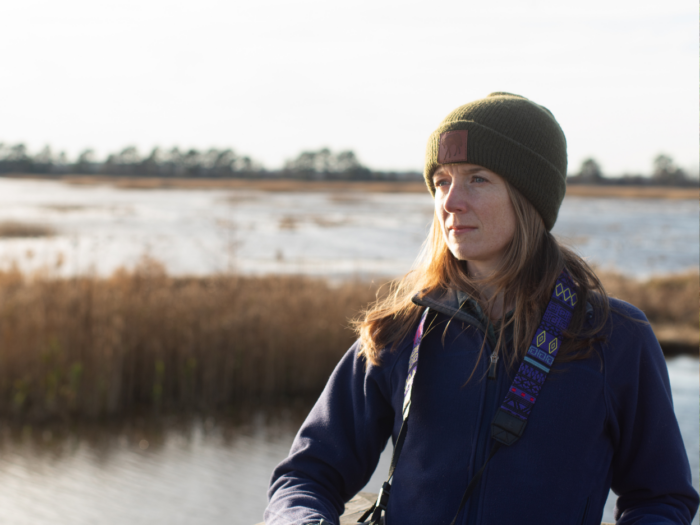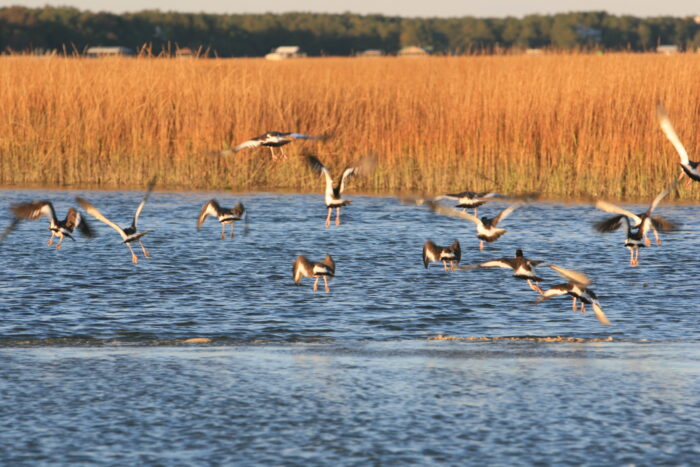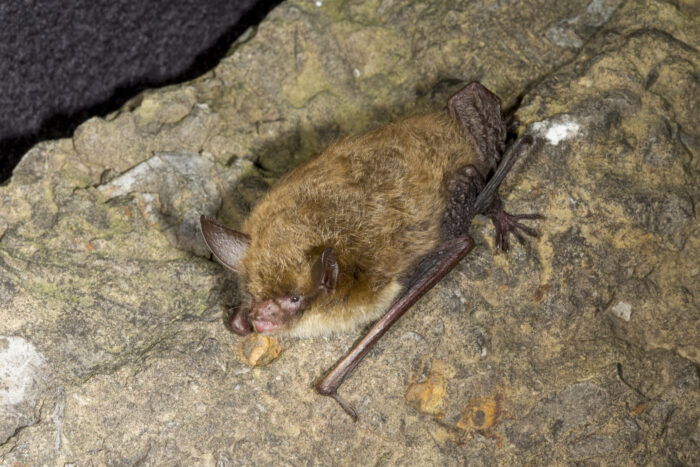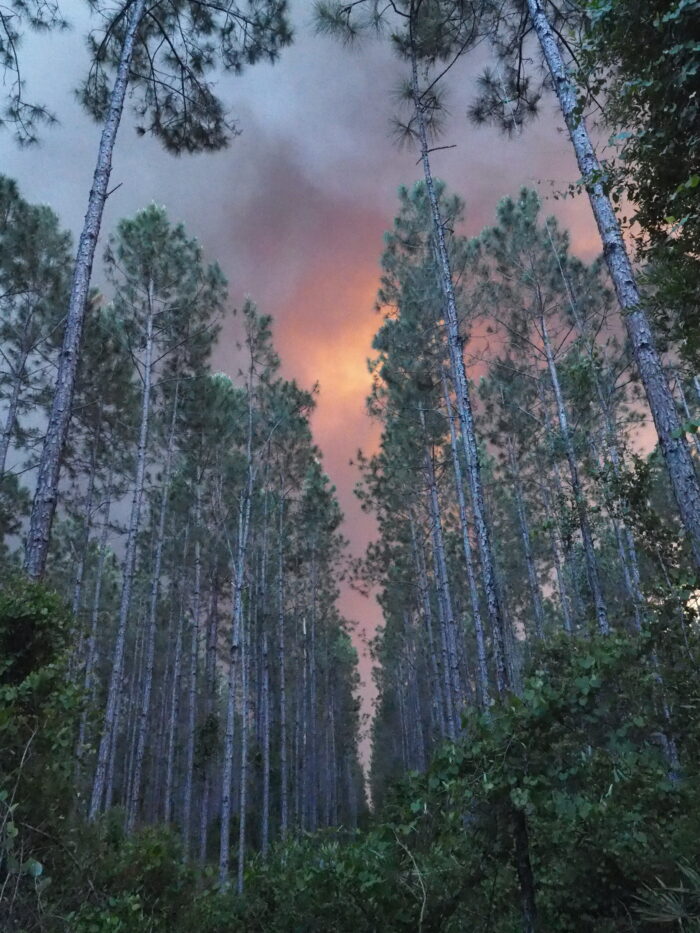Protecting Southern wildlife refuges
The Southeast is home to more than 60 National Wildlife Refuges, spanning more than 1.4 million acres across our region. From the country’s largest wintering colony of endangered gray bats at Alabama’s Fern Cave, to Lake Mattamuskeet, a stopover for hundreds of thousands of migratory birds every year, these National Wildlife Refuges serve as safe havens for the region’s iconic and imperiled species.
The stakes to protect our iconic and diverse wildlife couldn’t be higher here.
More than 250 species are protected by the Endangered Species Act across our region, and many of them call wildlife refuges home. These precious animals and plants are threatened by a mass extinction crisis, fueled by climate change and dramatic habitat loss. In the face of such threats, wildlife refuges serve as critical sanctuaries for many migratory, imperiled, and endemic species. The latest move by the U.S. Fish and Wildlife Service could help ensure these special places — and their inhabitants — are conserved for generations to come.

The federal agency is proposing regulation and policy updates on the biological integrity, diversity, and environmental health of our country’s system of wildlife refuges. This proposal makes good on the promise for protection that FWS made decades ago when it pledged to implement the National Wildlife Refuge System Improvement Act of 1997. The regulations and policy establish a decision-making framework for managing refuges without dictating the outcome for any particular refuge.
“Wildlife refuges across the South are already experiencing climate change impacts,” said Ramona McGee, SELC senior attorney and Wildlife Program leader. “This proposal will help affirm and clarify how to make case-by-case decisions about refuge resources, while establishing much-needed guidance about how to manage refuges in the era of climate change.”
Rising waters
Cape Romain National Wildlife Refuge in South Carolina is a prime example of climate change’s impact on Southern Wildlife Refuges. Rising sea levels and damage from strengthening tropical storms increasingly threaten the refuge’s more than 66,000 acres of isolated barrier islands, salt marsh, and tidal creeks.

Cape Romain is world renowned for its nearly 300 species of migratory and resident shorebirds and seabirds. The refuge harbors several species protected by the ESA, including the rufa red knot, piping plover, loggerhead sea turtle, leatherback sea turtle, and Kemp’s ridley sea turtle. The refuge has already lost critical sea turtle nesting ground because of rising waters. The Service’s proposed holistic and science-based approach to considering and mitigating climate change impacts will be important to the future of this coastal plain refuge.
Connecting habitat
A proposed highway through Virginia’s Back Bay National Wildlife Refuge showcases how segregating habitats — especially in a refuge — can harm wildlife. Nearly 300 different types of birds are documented at the refuge, which was established as a breeding ground for migratory birds and other wildlife. The refuge is also home to federally protected species like the piping plover, loggerhead sea turtle, and northern long-eared bat.

The City of Virginia Beach proposed building a road along a strip of public land cutting across Back Bay National Wildlife Refuge. The city’s so called “Nimmo Parkway Phase VII-B” proposal would bisect a valuable and sensitive system of forested wetlands that would fragment and damage vital wildlife habitat. In response to strong concerns from SELC and our partners, as well as USFWS and other agencies, the city is now preparing a full environmental impact statement.
The proposed NWR regulations and policy update prioritizes habitat connectivity and wildlife corridors when managing refuges, including avoiding habitat fragmentation on refuge lands.
Preventing fires
The black water of Georgia’s Okefenokee National Wildlife Refuge is more than a habitat for the globally significant array of species found in the swamp — it also helps protect the surrounding community from drought and wildfire risks.
The Okefenokee is an important carbon sink, storing the equivalent of 145 million tons of carbon dioxide mostly in peat, or partially decayed vegetation. A proposed mining project next to the swamp also threatens the Okefenokee’s water levels potentially drying out some of the swamp’s peat all together. When wetlands are drained and peatlands dry out, they release vast quantities of carbon-laden greenhouse gases and put the area at risk for catastrophic wildfires that exacerbate climate change.

Previous wildfires in the swamp during periods of drought spread to nearby private property, including timber farms — an economic driver for the region. Most recently, in April 2017, the West Mims Fire burned more than 150,000 acres in three counties, including more than 30,000 acres of industrial property and timberlands, causing an estimated timber loss of nearly $40 million.
A 1908 Supreme Court decision already protects the Okefenokee National Wildlife Refuge’s water supply. This new proposal underscores that protecting refuge water resources is a critical part of upholding the biological integrity, diversity, and environmental health of our refuges.
“This proposal reinforces protections for Okefenokee’s wetlands, not just for the hundreds of species of migratory birds the refuge was created to protect, but also the surrounding community at risk for more extreme wildfires because of climate change,” said SELC senior attorney Megan Huynh. “Our National Wildlife Refuges are a haven for the South’s globally significant biodiversity and this proposal will help advance and affirm the fundamental reason we have these special places.”
